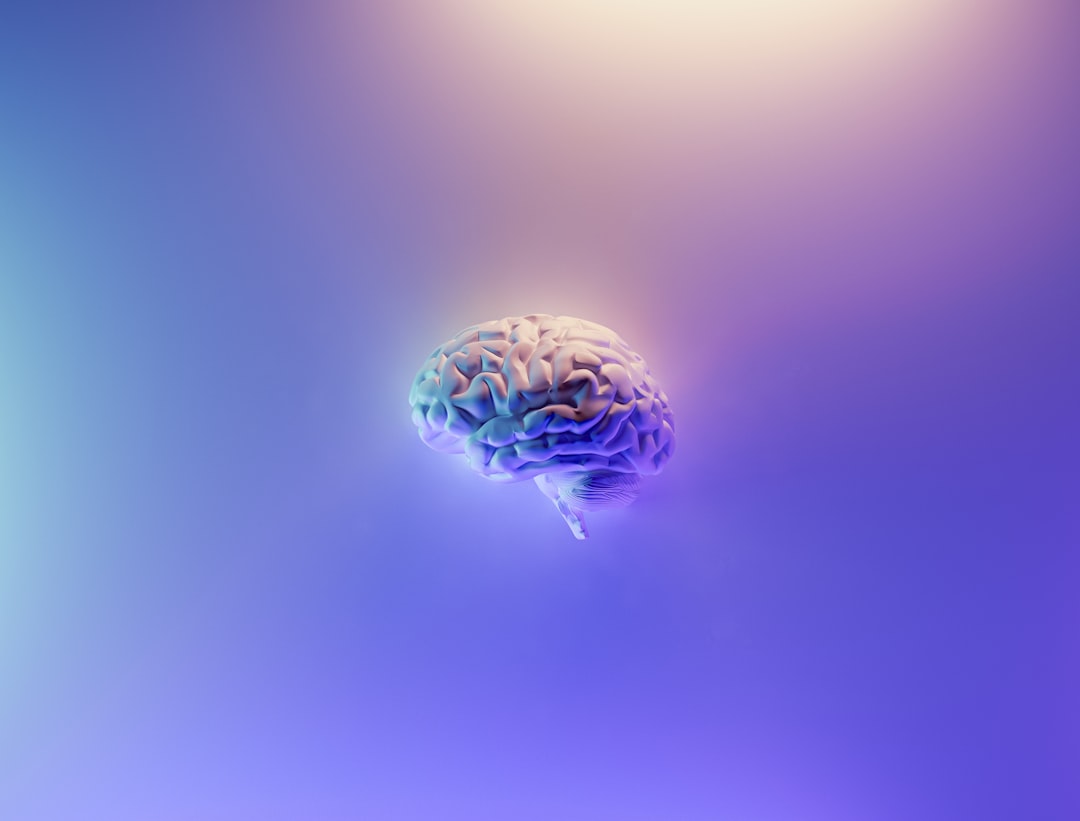What is it about?
Every child, regardless of their disability, has the right to education and access to culture on an equal footing with other children. To ensure that this is the case, they need educational materials and children’s books adapted to their particular way of perceiving and understanding the world. Blind children don’t have the same visual representation codes as other children. For instance, they don’t interprete dotted lines surrounding a circle as the sun, and a rectangle with small circles below may be nothing like their representation of a bus. To circumvent these difficulties, researchers examined other potential ways of illustrating objects that are more suited to blind children. Working in partnership with the associatie publishing house Les Doigts Qui Rêvent, researchers have devised 3D mini-scenarios that children can explore with two fingers, making it easier to identify an object. Researchers tested the recognition of these illustrations involving simulated actions on 8 blind children and 15 sighted children aged 7 to 11. They compared the outcomes with the results from another group of blind and sighted children of the same age who were asked to recognise the same objects depicted with the traditional texture technique. The results showed that the gestural exploration process activates the sensorimotor patterns associated with the depicted object, meaning it’s easier for blind and sighted children to identify it. In short, objects are more easily and quickly recognised in illustrations that involve simulation than textured illustrations. In addition, the difference in perception between blind and sighted children is much narrower.
Featured Image

Photo by Charlein Gracia on Unsplash
Why is it important?
Children’s books play a key role in child development and access to culture. Books with tactile illustrations are particularly useful for understanding history. Yet it is essential that the illustrations are understood by the reader. How does this affect blind children, whose way of representing the world is different from that of sighted people? They have difficulty identifying the objects depicted in traditional tactile illustrations that are produced with techniques such as raised lines, thermoforming or embossing. 3D mini-scenarios that children can explore with two fingers, making it easier to identify an object.
Perspectives
Tactile books that use gestures and body simulations have a high potential for sharing since the sensory experiences are the same for sighted children and blind children. These are tactile books that parents and children can read together, regardless of whether they are sighted or blind.
Dannyelle Valente
Universite de Geneve
Read the Original
This page is a summary of: Exploring 3D miniatures with action simulations by finger gestures: Study of a new embodied design for blind and sighted children, PLoS ONE, February 2021, PLOS,
DOI: 10.1371/journal.pone.0245472.
You can read the full text:
Resources
Contributors
The following have contributed to this page










